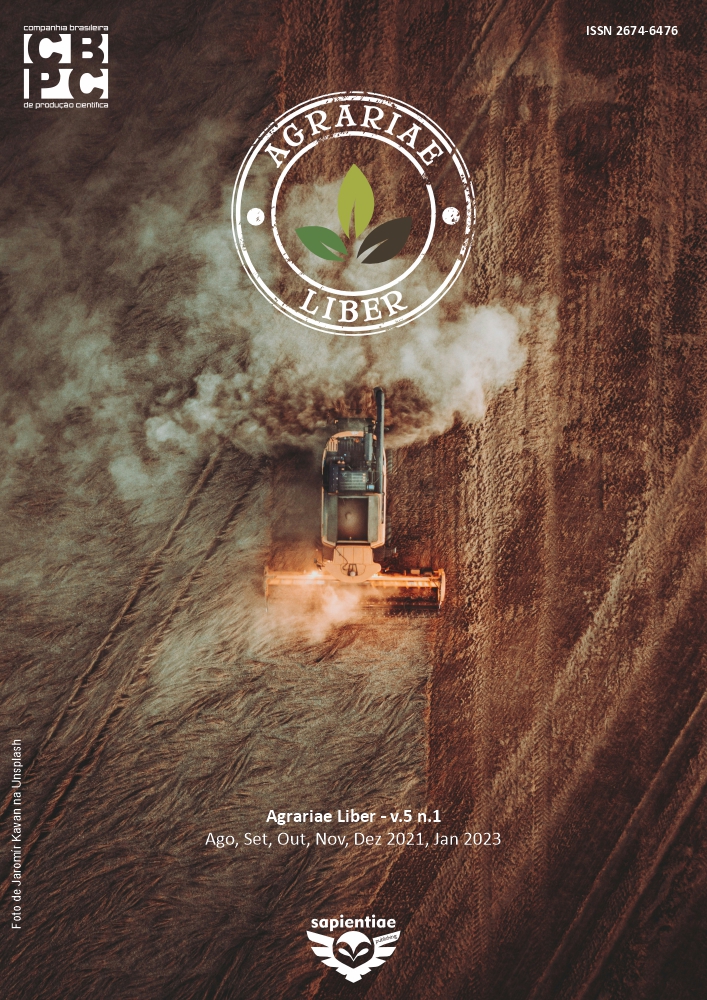Antifungal activity of jambu (Acmella oleracea) extract on the growth of mycelial Rhizoctonia solani
DOI:
https://doi.org/10.6008/CBPC2237-9290.2021.001.0003Keywords:
Alternative control, Inhibition, PhytopathologyAbstract
R. solani is a necrotrophic parasite, a natural inhabitant of the soil. It is a polyphagous fungus, as it attacks several plant species. R. solani can be transmitted by the seeds, however, this rarely occurs, reason why the seed is not considered the main source of inoculum of this pathogen. This fungus, being present in the soil and / or in the seeds, in addition to causing significant losses in the seedling phase (failure in the stand), can also serve as an inoculum for subsequent cultures. In view of the damage caused by this disease, a fungal study was carried out to evaluate the activity of Jambu extract in different concentrations on the mycelial growth of the fungus Rhizoctonia solani. 100g of the Jambu leaves were collected, these were crushed in a blender until they reached the liquid state. The phytopathogenic fungus Rhizoctonia solani was provided by the Phytopathology laboratory of the Federal Rural University of the Amazon (UFRA). The plant extract antifungal test used Jambu extract added in Agar-Potato-Dextrose (BDA). The mycelium discs of the pathogen were deposited in the center of the Petri dish containing the treatments mentioned. experimental design of the work, was completely randomized (DIC) performed in the phytopathology laboratory of the university itself (UFRA), performed with 5 treatments and 5 repetitions, called T1, T2, T3, T4 and T5, T1 was selected to be the witness treatment. aliquots of the extract were conditioned to the BDA culture medium, in the following concentrations: 0 ml, 2 ml, 4 ml, 6 ml and 8 ml. The data were submitted to analysis of variance, and the means, compared by the Tukey test, at 5% probability, using the statistical program SISVAR 7.6. interaction of the Jambu plant extract on the inhibition of mycelial growth of Rhizoctonia solani was significant, with the highest percentage of inhibition proportional to the increase in concentrations.
Downloads
Downloads
Published
Issue
Section
License
The CBPC - Companhia Brasileira de Produção Científica (Brazil CNPJ: 11.221.422/0001-03) the material rights of the published works. The rights relate to the publication of the work anywhere in the world, including rights to renewals, expansions and dissemination of the contribution, as well as other subsidiary rights. All electronically published works may subsequently be published in printed collections under the coordination of this company and / or its partners. The authors preserve the copyright, but are not allowed to publish the contribution in another medium, printed or digital, in Portuguese or in translation.








